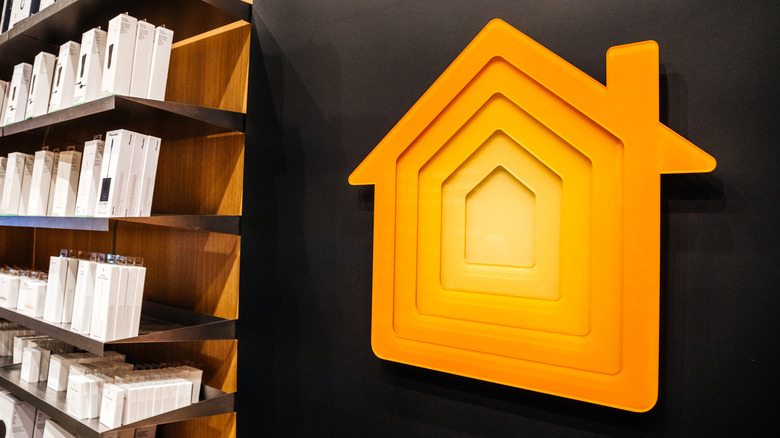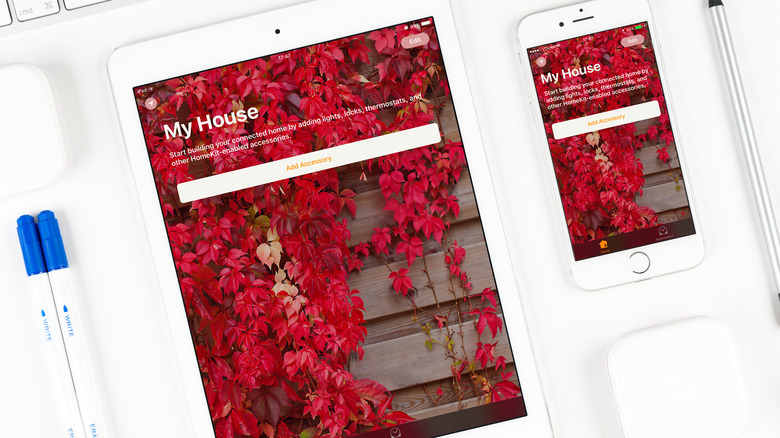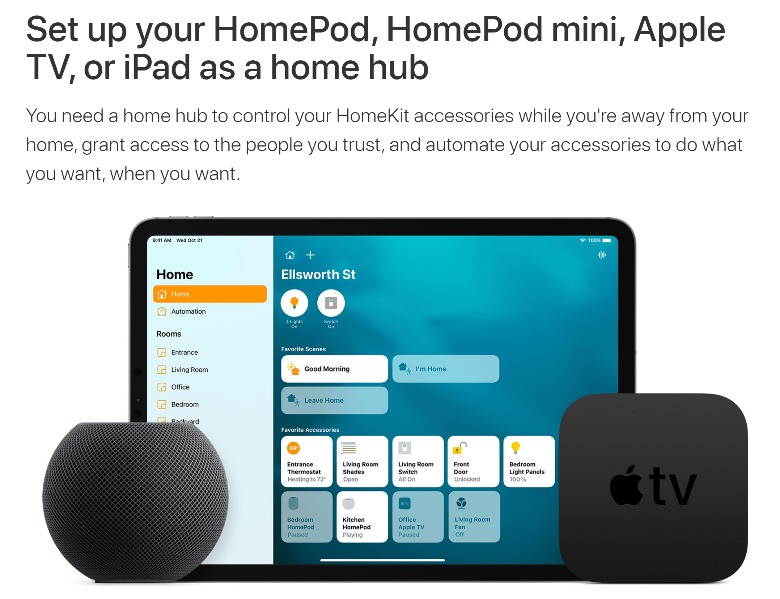You Can No Longer Use iPads As HomeKit Hubs In iPadOS 16
The announcement of iPadOS 16 is bringing a lot of attention to Apple's tablet ecosystem and proving once again how the company is dedicated to pushing the boundaries of this form factor. Features like Stage Manager and Virtual Memory Swap, although not technically new in computing, put some of Apple's latest iPads on a whole new level, taking them closer to the ideal laptop replacement. That said, the fine print surrounding iPadOS 16's new features is starting to surface, and some of them are a bit confusing. One, in particular, is even disheartening as it will remove what could be an often-used feature for older "retired" iPads that owners tend to leave at home and use as a smart home display.
Despite having long invested in the smart home market via its HomeKit platform, some would consider Apple late to some of the trends in home automation. For example, it still hasn't launched its own smart home display, while rivals Amazon and Google have one or even two generations of those stationary tablets. Apple would rather prefer that HomeKit users employ their Apple HomePod speakers or their Apple TVs as HomeKit hubs, but more creative users have found a way around that, at least until now.
Just like an iPhone, the iPad also has access to HomeKit, and some have turned that into a makeshift HomeKit Smart Display. It's admittedly a convenient way to access the Home app from a large screen without having to turn on the TV or run actions without having to talk to Siri. Unfortunately, Twitter user Tech Crtr discovered a footnote for iOS 16 and iPadOS 16 that reveals things will change, leaving iPads officially Home-less as far as the HomeKit app goes.
Old iPads may have lost their only purpose
The footnote reads, "Sharing a home and receiving Home notifications require a home hub. Only Apple TV and HomePod are supported as home hubs," which explicitly leaves iPads out of the picture. On some level, it makes sense because iPads are meant to be mobile, and a smart home hub is meant to stay at home. Making the Apple TV and HomePod the only supported home hubs ensures that you don't accidentally take your iPad "Smart Display" out with you and take down your smart home setup.
At the same time, utilizing iPads as home hubs could be a way to prolong the use of an iPad that is no longer "mobile-worthy" for one reason or another. These tablets often stay at home, perhaps for family use, and offer a dedicated Home Hub display that frees your iPhone and iPad for regular use. As well, Apple still lists the iPad as a device that can be used as a home hub on a support web page, as shown in the screenshot below; it's unclear why the company would change its mind about this particular usage. Regardless, these old iPads might suddenly find themselves without a purpose, even if they're capable of running iPadOS 16.
HomeKit itself isn't changing much in iOS 16 and feels more like an incremental upgrade than something completely revolutionary. That includes a new Home app with a more streamlined user interface as well as a new view that shows all your rooms and accessories at a glance. It does set the stage for supporting the new Matter cross-platform smart home standard, but that, too, will run only on Apple TVs and HomePods when it arrives later this year.


